What is CRO? The Ultimate Conversion Rate Optimization Guide
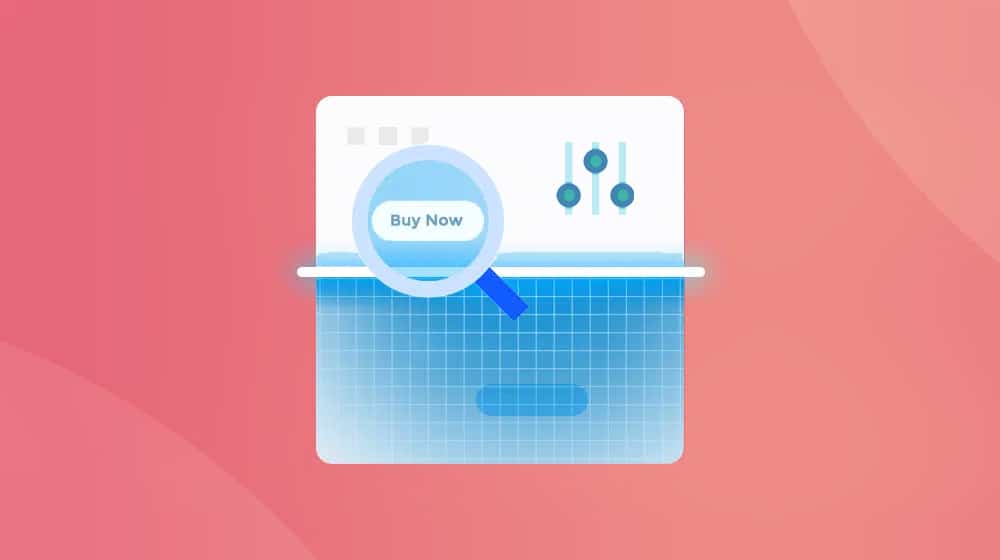
CRO is an essential part of running an online business, but it's often overlooked or handled in a slapdash manner, leaving companies floundering and unsure of how to progress. How can you implement it? It would help if you had a framework and a scientific process for effective CRO. It's not difficult to learn, but it does require learning.
With that, let's dig into our conversation rate optimization guide! First, let's define the CRO process.
What Is CRO, Anyway?
CRO stands for Conversion Rate Optimization.
1. Conversion: A specific action you want a user to take when they're on your site. A conversion can be anything from following your social media profiles, subscribing to your newsletter, signing up for a waitlist, or making a purchase.
2. Rate: The percentage of your audience that takes this action. If 100 people visit your site and 10 of them convert, you have a 10% conversion rate.
3. Optimization: The iterative process of improving a system. Improving your conversion rate means getting more people in a given audience to take action.
Conversion Rate Optimization is one part of the equation of business success. The other part is marketing and traffic generation.
If you want your eCommerce site to make more money, you can do one of two things.
- You can increase the number of people coming in. A 10% conversion rate is ten sales if you have 100 site visitors, but if you get another 100 visitors for a total of 200, that same rate means 20 sales.
- You can increase the conversion rate. If you have 200 people coming in and a 10% conversion rate, increasing your conversion rate to 15% will earn you 30 sales.
The key is to balance out both of these. Depending on your position and previous efforts, increasing your conversion rate may be significantly easier than increasing your traffic. Conversely, if your pipeline is quite optimized, it may be easier to increase your traffic and audience than it is to increase your conversion rate.
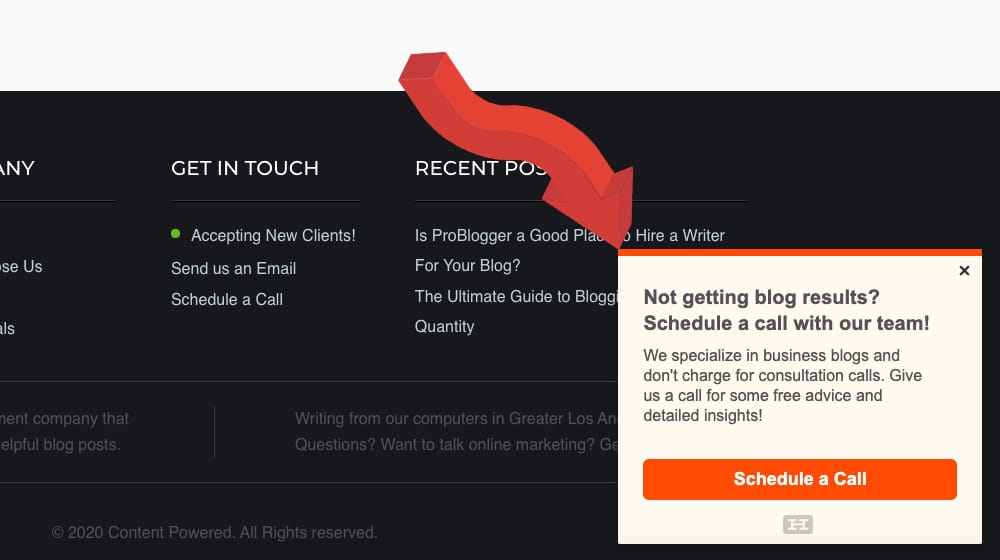
Many companies run into trouble because an increasing audience can often lower the conversion rate. You might have 100 visitors and a 10% conversion rate, increasing your traffic to 200 users. But, those extra 100 users aren't nearly as engaged or interested, so you only get 11 conversions instead of the 20 you might expect; your conversion rate has dropped.
Then, you can see why efforts to increase your conversion rate are critical. If the desired action is paying for your service, and you're writing blog posts on how to do something for free, you might be attracting website visitors that have no intention of paying any money. Your traffic will increase, but your conversion rate decreases because you've focused on the wrong target audience.
Conversion rate optimization isn't always your primary focus. You can do many things to increase your conversion rate that hurt your business overall, such as redesigning your website, improving your user experience and load times, and adding testimonials. Cut the price of your product by 75%, and your conversion rate will skyrocket, but your profits will probably drop. You need to balance your traffic, conversion rate, and conversion value for maximum sustainable profits for your business.
A CRO strategy is useful for all marketing efforts. You can optimize conversions from your SEO efforts, email marketing, pay-per-click ads, shopping cart abandonment, and even instant messaging.
Starting the Conversion Rate Optimization Process
If you're looking to dig into conversion optimization, the first thing you need to do is lay the groundwork and harvest data. After all, if you don't know where you are, you can't use a map to get to where you want to go.
1. First, make sure you have data harvesting in place. That usually means Google Analytics, potentially with custom tracking for non-standard conversions. Google Analytics can track your basic conversions automatically, but setting up custom tracking for odd conversions can be just as important.
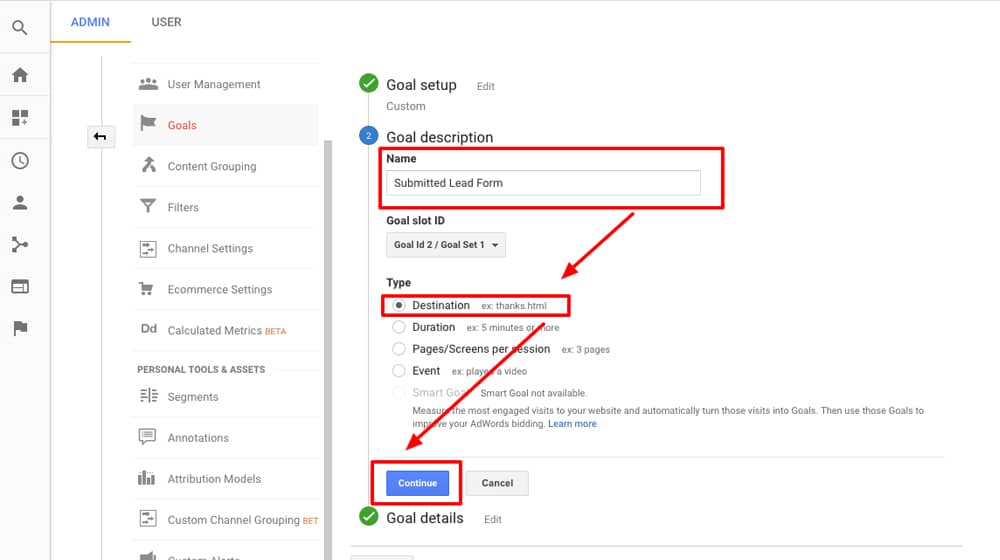
Data to monitor can include the source of your traffic, whether or not the users are returning visitors, their activity on a web page, which pages and which links or buttons or forms have the best (and worst) rates, your bounce rate, and so on. You can also harvest user data like demographics, device usage, geolocation, and more. The more data you gather, the better.
You can also use other platforms to harvest data. Heatmaps like HotJar, alternative analytics tools like Raven Tools, and user session tracking have plenty of options.
2. Next, you want to establish definitions for your conversion funnel. Your funnel defines your user journey and varies by group and goal.
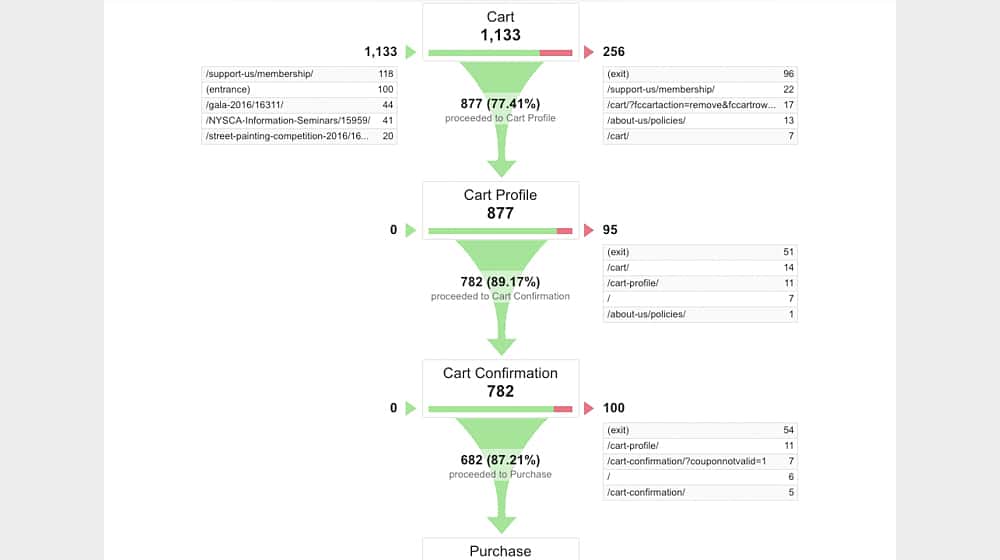
Each stage of your funnel is defined by the roadblock that causes people to drop out of the funnel process. For example, you might have:
- The largest top-of-funnel audience of "people who visit the blog."
- The first roadblock is getting people to return, so your next audience is "returning visitors."
- The next roadblock is getting people to click on your landing page, so "people who click through."
- The next roadblock is getting people to opt into your mailing list, so "people who opt-in."
- The next roadblock is people who then proceed to your product page, so "potential customers who visit product pages."
- Finally, your last roadblock is people who pull the trigger, buy, and trigger your conversion goals, so "people who convert into customers."
- Optionally, you may have further conversions for recurring purchases, subscriptions, upsells, account upgrades, or other actions.
This process is an extreme example of a funnel. People will often skip a tier or two or enter the funnel part of the way down it. But, the concept is there: an ever-narrowing group of users, filtered by a series of roadblocks.
3. Your next goal is to define the roadblocks. What stops a user from proceeding to the next step in the funnel? It might be something like:
- You haven't adequately convinced them that they need what you're offering.
- You haven't provided a compelling enough unique selling point.
- Your price point is higher than they want to spend.
There are several different roadblocks. Right now, you can't know which ones are the most important. That's what CRO is all about: finding and working around those roadblocks.
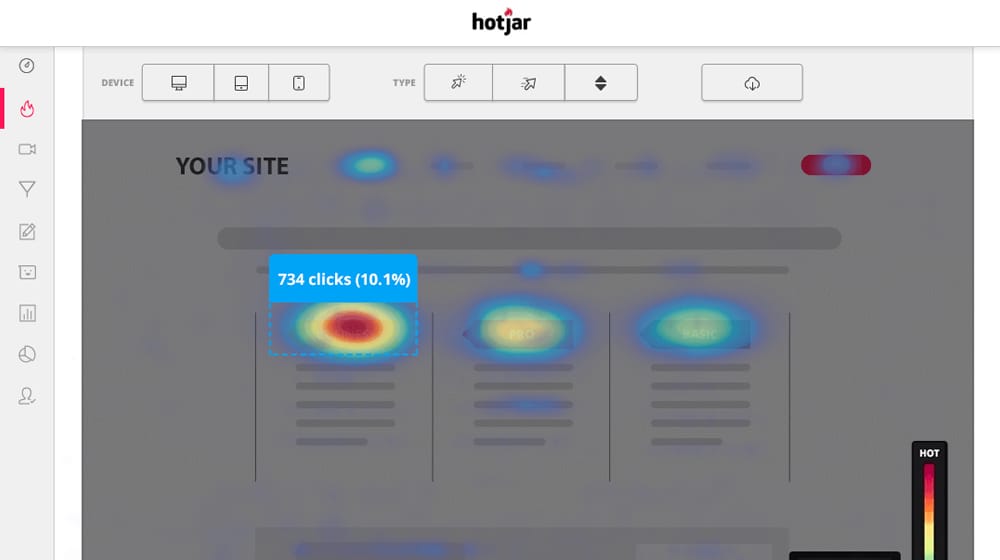
4. Finally, you want to set reasonable goals. Just saying "I want to increase my conversion rate" isn't enough. You need to say something like, "I want to increase my conversion rate by 15% before the end of Q4." Goals should be SMART:
- Specific, hence saying an increase of 15% rather than "an increase in the number of visitors."
- Measurable, but since we're talking about conversion rates, that's a given.
- Achievable, meaning the goal is realistic. "Reach a 100% conversion rate" is not attainable.
- Practical, which is just another way of saying achievable.
- Time-bound, meaning you have a timeframe in which you want to achieve the goal.
By the time you're done, you should have goals, data harvesting to see how your users are acting on your site and an idea of what you want to look for to optimize. Now you can finally get started.
Track, Test, Measure, Implement, Repeat
The best tool in the conversion rate optimization toolshed is split testing.
We create blog content that converts - not just for ourselves, but for our clients, too.
We pick blog topics like hedge funds pick stocks. Then, we create articles that are 10x better to earn the top spot.
Content marketing has two ingredients - content and marketing. We've earned our black belts in both.
For a straightforward example, please take a look at my service page. At the top, you see a blue "Schedule a Call" button. It stands out as blue on a largely yellow-and-white page, but would it be more attractive if, say, green? I don't know. So, I set up a split test.
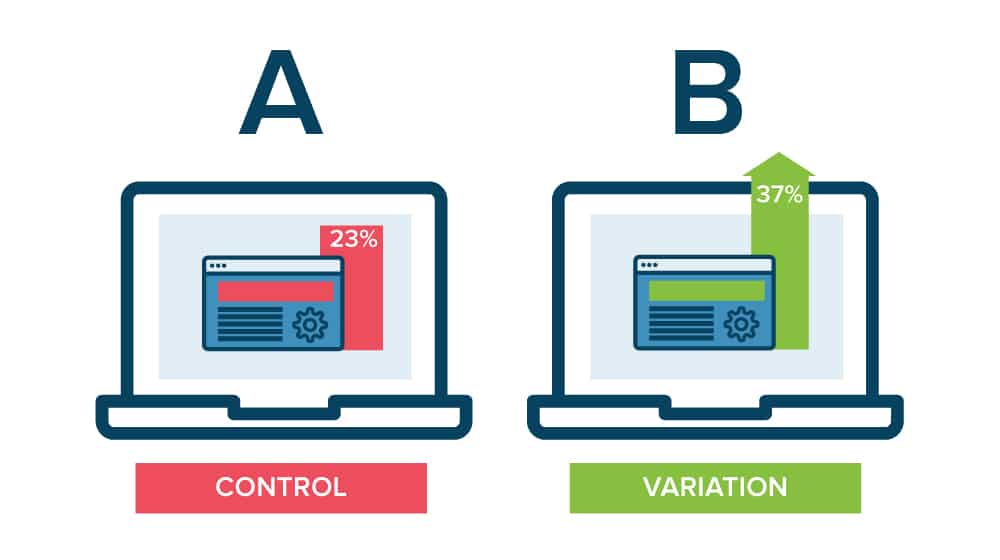
My split test will:
- Segment my audience into two equal groups.
- Show each group a version of the page identical in every way except for one change: in this case, the button will be blue for 50% of them and green for the other 50%.
- Measure how many people in the audience click that button to schedule a call.
If I feel particularly clever, I might also record how many of those calls result in signups. Maybe the blue-colored button gets more calls, but the green button receives a higher percentage of people signing up after the call.
A good split test needs to be very restricted. It has to meet statistical standards of relevance, which means enough people need to see the page to harvest enough data and draw a conclusion. Tools like this one allow you to calculate the appropriate sample size.
A split test also needs to change one – and only one – variable. That's why it's called A/B testing, not A/B/C/D testing. This rule is important is because the more variables you change, the more variations you need to show to enough people to get an adequate sample.
How do you know which one is responsible for any changes you see if you change two variables? Well, you would need to test four iterations of the page:
AA, AB, BA, and BB.
Add in a third variable, and you grow exponentially:
AAA, AAB, AAC, ABA, ABB, ABC, ACA, ACB, ACC, BAA, BAB, BAC, BBA, BBB, BBC, BCA, BCB, BCC, CAA, CAB, CAC, CBA, CBB, CBC, CCA, CCB, and CCC.
That's a lot of pages. Chances are, you don't have enough traffic to split into statistically relevant samples for that many variations.
You need to pick a page to test and decide what needs to be tested on that page.
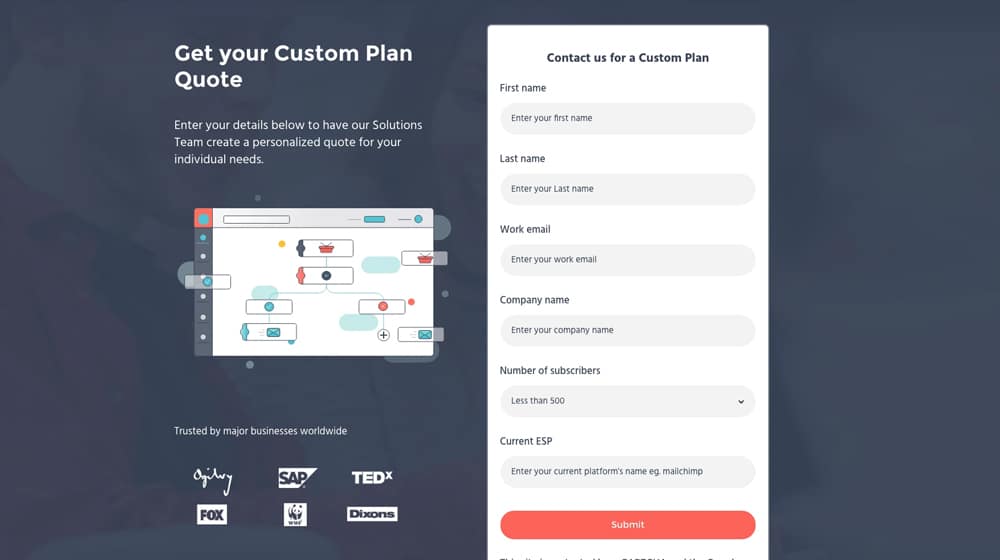
Pages to test can include:
- High-traffic pages are great candidates, such as your homepage and your primary landing page. Since these get large volumes of traffic, even small increases in conversion rate can significantly benefit your bottom line.
- Low-value pages. A page that gets plenty of traffic but near-zero conversions has a ton of room to improve, and even a simple change can bring dramatic results.
- Pages that act as roadblocks are strong candidates. Maybe your landing page is confusing, according to user feedback. It's a good target.
Elements to test can include:
- Changing the layout and design of the page.
- Changing the tone and perspective of the copy.
- Changing the positioning, color, animation, or placement of your CTA.
- Changing the CTA entirely. Maybe you're asking too much, too high in the funnel.
The truth is, this is the internet. Virtually nothing about your business is set in stone. Even your brand name can change, though that's not something you'll be able to split test.
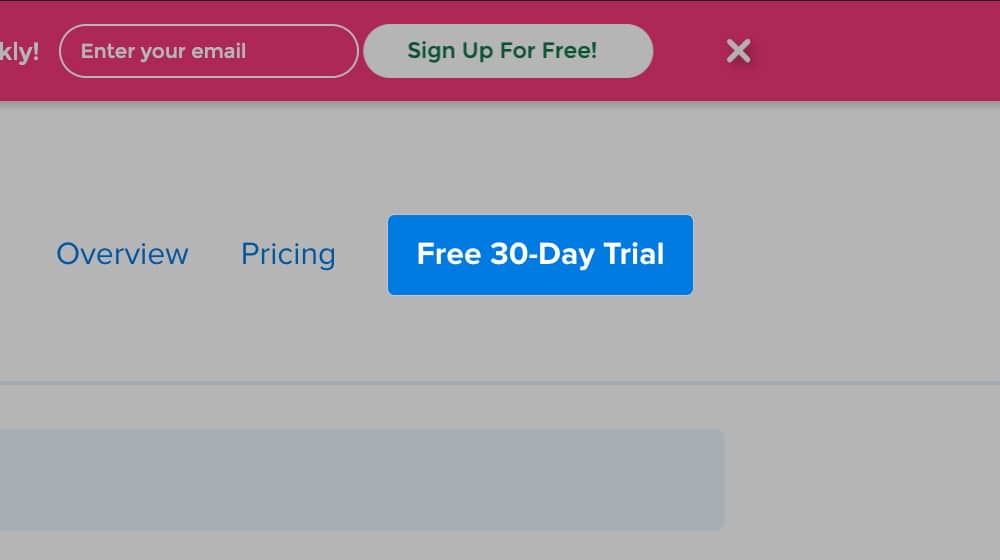
It's also essential to develop a hypothesis. This step is a scientific process, after all. Decide on what you're testing, and guess what the effects will be. Then, measure and see if you were right. Over time, you'll develop a better idea of how your audience reacts to different elements and make better optimizations later.
A few guiding principles to develop your hypothesis:
- Make sure your CTA stands out and is easily recognized as a button or call to action.
- Make sure your page is designed from the ground up to encourage calls to action.
- Ensure the amount of information you ask for is proportional to the goal. An email opt-in should rarely ask for more than just an email address. A purchase needs much more information.
- Don't be afraid to rewrite all of the copy on a page for a different tone, voice, perspective, or framing.
Make your change, harvest your data, and determine which version is better. Then, implement that version as your new permanent version (or retain the old one if the new one didn't work better). Then, repeat the process, targeting different pages or using different strategies.
CRO Tools, Benchmarks, and Methods
There are many ways to benchmark your user experience and implement multivariate testing.
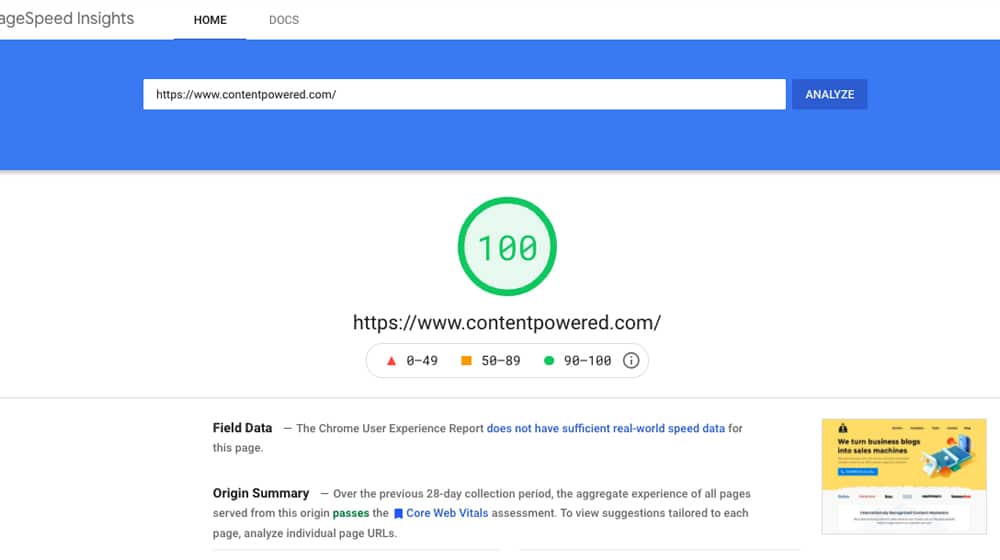
For example:
- Heat maps. This will help identify friction on your checkout process and watch your user behavior. Users may be clicking on an element that isn't clickable, staying above the fold, or getting hung up on a certain step of your signup page. Heat maps will help you spot these issues and correct them. You can use a service like CrazyEgg or HotJar.
- Social proof. Social proof is words or signals from other users that are enjoying your products or services. It's incredibly important, and it's one of the reasons that Amazon puts so much emphasis on user reviews - they are a massive driver of purchasing decisions. They can also include things like testimonials, social shares, and comments. These are words and signals from your customers - not from your company.
- Page speed. Users will leave a page that takes too long to load - more than half of your visitors will leave your site if loading takes longer than 3 seconds. You can use PageSpeed Insights to find out what's slowing your website down and implement fixes to improve your score.
- Google Analytics. You can set up goals in Google Analytics and establish goal funnels to track your visitor's progress. This can be something as simple as a "success" page on your contact form or as complex as a multi-stage signup form for new customers.
- Popups and calls to action. In many cases, your calls to action are responsible for steering visitors from your resource pages to your product pages. If the wording and value proposition are not compelling, your visitors may not be interested enough to click them. You should tweak these often and measure performance to see if you can achieve a higher conversion rate.
These are just a few examples. The theme is similar between all of them - track visitor movements, spot areas of friction, and implement CRO tests to improve your conversions. Simple word changes on prominent calls to action can turn struggling eCommerce websites into thriving businesses with a good conversion rate. You'll never know until you start testing.
Wrapping Up
The world of conversion rate optimization is immense. There's a reason it's a massive part of improving your marketing strategy!
Finally, I'll leave you with one last pro tip:
It's very, very, very easy to get bogged down in minute details on a single page that may improve conversions, but not by enough to matter. If you're on the fifth iterative test of your homepage and you're deciding between versions with a 0.5% difference in conversion rate, maybe it's time to look at a different page that could have 10% or more waiting behind it.
And, as always, make sure that you have data to back up your optimization efforts. If your change isn't statistically significant, don't waste time with it. Data is what drives CRO masters.
What is your conversion optimization strategy? How are your sales funnels performing, and are you tracking the number of conversions on your website? Have you tried tweaking your process to increase your average conversion rate? Do you have any questions for me? Let's chat about it in the comments section!



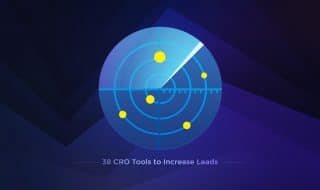
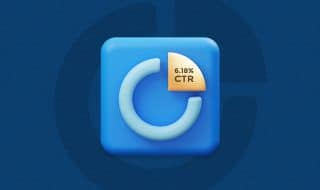
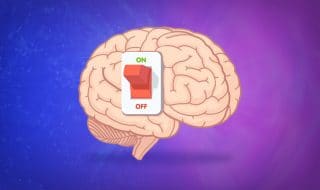
April 28, 2022
Love the effort you put into this guide! Thank you!
April 29, 2022
Thanks Christa, that means a lot!